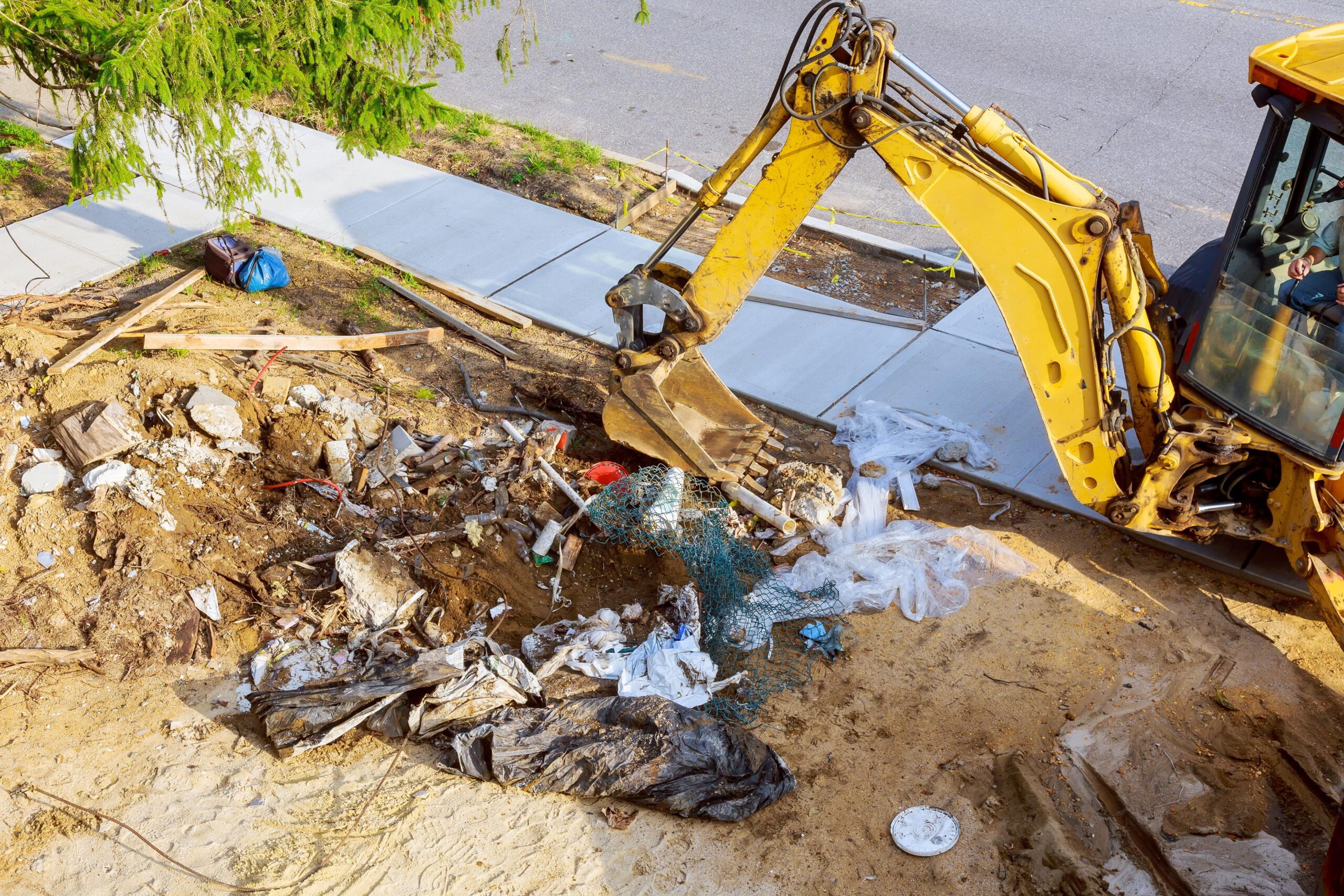A contaminated land indemnity policy is a form of insurance designed to protect developers, land and property owners, and lenders from potential financial losses associated with the discovery of land contamination.
The policy will typically cover the costs of remediation, legal expenses, as well as any decrease in property value that may have occurred as a result of contamination issues.
Because of the UK’s extensive industrial history, large swathes of the country could potentially be contaminated.
This has significant implications for landowners and developers, who need to ensure that risks are contained.
Contaminated land indemnity insurance provides significant protection for insurers against significant monetary risk, protecting investments, and providing security.
What does a contaminated land insurance policy not cover?
A contaminated land indemnity policy provides extensive protection against some of the risks associated with contaminated land.
However, it’s important to remember that there are specific limitations and exclusions. These include:
Pre-existing conditions
Indemnity policies are designed to protect against unknown risks, not existing issues. They will not generally cover any pre-existing contamination that was known or disclosed before the policy was purchased.
Deliberate acts
A contaminated land indemnity policy is meant to cover unforeseen and unintentional activities that result in contamination. Any contamination that has arisen as a result of deliberate acts, illegal activities, or negligence by the policyholder is likely to be excluded.
War and terrorism
Any damage or contamination that arises as a result of war, terrorism, or similar events is usually excluded from coverage.
Wear and tear
Normal wear and tear, and gradual deterioration over time that leads to contamination are unlikely to be covered by contaminated land indemnity insurance.
What voids an indemnity policy?
Certain actions or omissions by the policyholder can result in the indemnity policy becoming void.
This can include:
Non-disclosure of information
Failure to disclose relevant information about the history of the land or potential contamination risks at the time of applying for the policy can void its coverage.
Term violation
Non-adherence to the terms and conditions of the policy, such as conducting required assessments or failing to follow proper remediation protocols, can void the policy.
Unauthorised changes
Making significant changes to the property or its use without notifying the insurer or obtaining the necessary approvals can invalidate the policy.
Negligence
Negligent actions by the policyholder that lead to contamination or that exacerbate any existing problem can result in the policy becoming void.
Who is liable for an indemnity policy?
If a policyholder complies with all the terms and conditions of the policy, then liability typically falls on the insurer.
If contamination is discovered, the insurer covers the costs of remediation, legal expenses, and any associated losses as set out in the policy agreement.
What is the likely contaminated land indemnity policy cost?
Contaminated land insurance cost can vary considerably based on a range of factors, such as the size and value of the property, its location, and the level of coverage required.
The intended use of the property is also likely to be taken into consideration.
Is an indemnity policy worth it?
Whether or not a contaminated land indemnity policy is worth it will depend on individual circumstances, as well as tolerance of risk.
A policy can provide significant risk mitigation, particularly for individuals and companies that are dealing with land that has some potential for unknown contamination.
It can safeguard against substantial remediation costs and potential legal liabilities, which in many cases can be financially devastating if coverage isn’t in place.
In some cases, an indemnity policy may be required by lenders.
The cost of contaminated land indemnity insurance should be weighed against the potential risks and negative financial impact of contamination.
Specialised land remediation relief help from DAAFL
At DAAFL, our tax specialists have been helping businesses claim LRR tax relief for nearly a decade.
During that time, we’ve helped dozens of businesses claim back relief totalling more than £19 million.
Our experienced tax specialists will help identify any investment or projects that could be eligible for LRR, working closely with our clients to identify any potential tax savings that might previously have been overlooked.
Our experts take care of the paperwork, paying close attention to detail, and ensuring you have the best possible chance of success before it’s then submitted to HMRC.
Contact us to find out more about our specialist land remediation relief services and how we can help.
